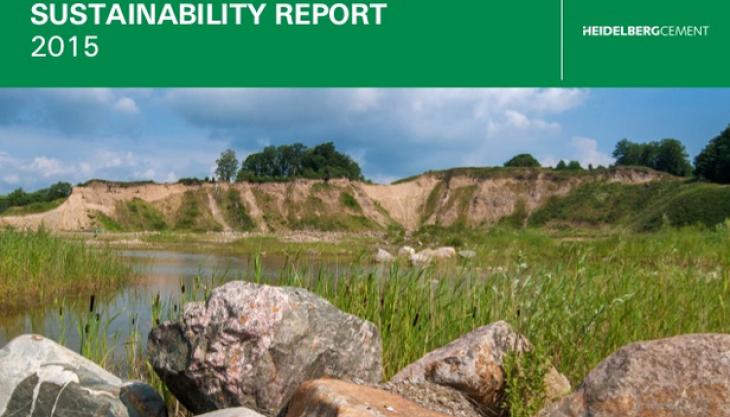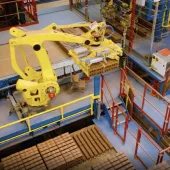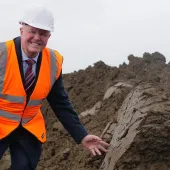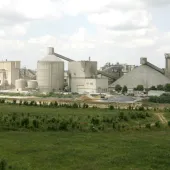HeidelbergCement release Sustainability Report 2015

Seventh report to date highlights achievements and targets in drive for sustainable development
EARLIER this week HeidelbergCement released their seventh Sustainability Report to date, highlighting important topics and challenges for the company in its drive for sustainable development.
Readers of the Sustainability Report 2015 will learn about the successes and aims of corporate sustainability management, as well as the company’s activities in the arena of environmental protection, employees, workplace safety and social responsibility.
‘Sustainable business practices are an integral component of our business activities and, therefore, a central task of our local management teams. The important thing is to minimize the impact of our operations on the local environment, and to utilize our core competencies in a way that contributes to society at large and generates economic opportunities,’ said Dr Bernd Scheifele, chief executive officer of HeidelbergCement.
‘With this report we transparently present our sustainability achievements and targets – and thereby make our performance understandable to our stakeholders.’
Climate protection and the reduction of CO2 emissions remained a focus of the company’s sustainability management in 2015. Specific net carbon dioxide emissions, for instance, were reduced by 22% (compared with 1990 levels) to 606kg per tonne of cement and the use of alternative raw materials was increased. The clinker factor decreased to 75%.
‘The numbers show what kind of progress HeidelbergCement made in 2015,’ continued Dr Scheifele. ‘We have also substantially intensified our commitment to the development of technologies to use CO2 as a resource, and we have entered into very promising co-operative research projects. This puts us at the forefront of the movement in the cement industry.’
In addition, after implementing industry indicators for water reporting at all cement plants in 2013 and 2014, the Sustainability Report 2015 is the first to present figures on water management. Data are now also being collected from aggregates and ready-mixed concrete activities, so that figures will be available for these business lines in the future. Moreover, all plants in regions where water is scarce will have implemented an individual water-management plan by 2030.







